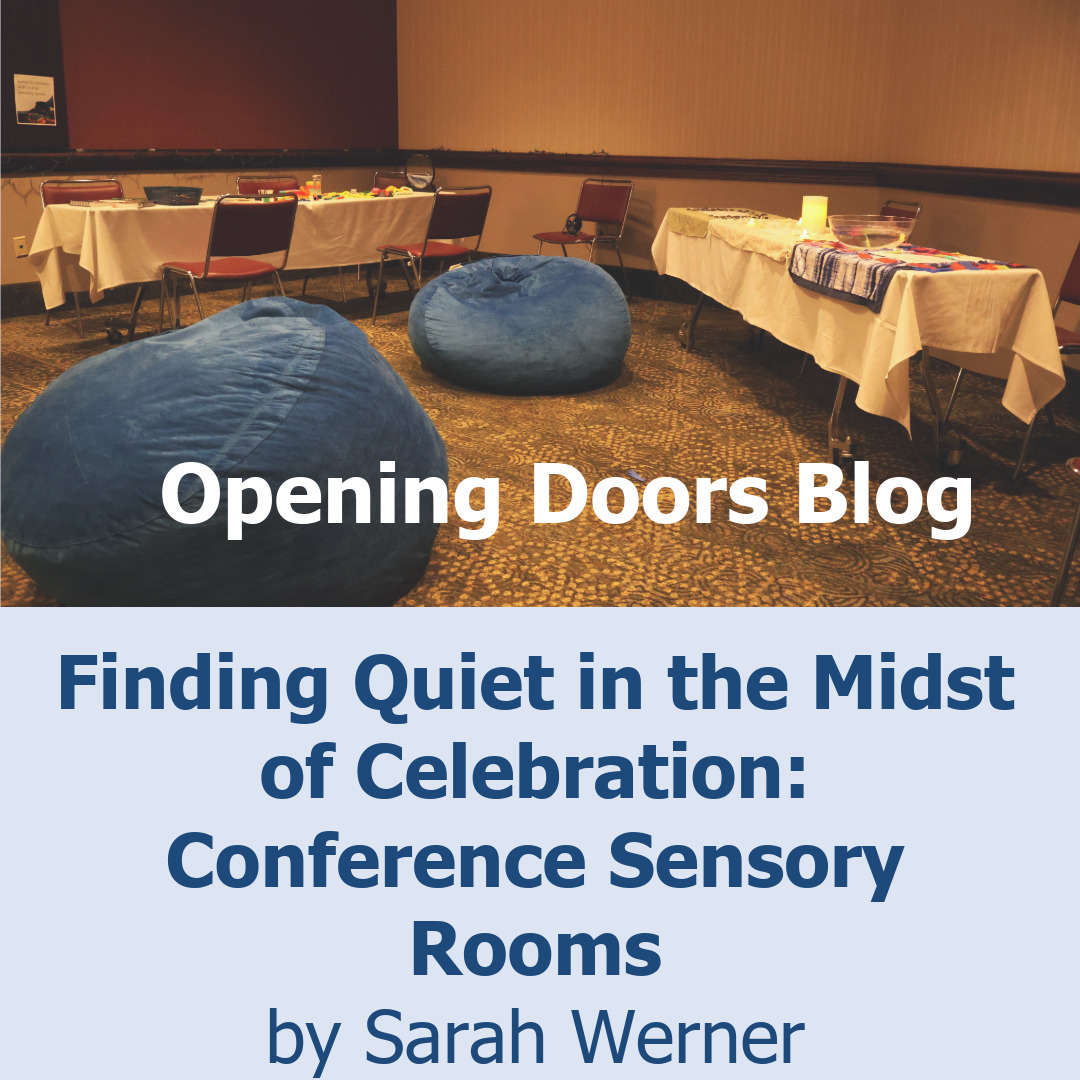ADHD
Attention Deficit Hyperactivity Disorder
Note: Much of this page is drawn from Shine Together: The Essential Guide for Leaders and Teachers. It was compiled with the assistance of Christine Guth and is reprinted here by permission of Shine Curriculum. Although Attention Deficit Hyperactivity Disorder (ADHD) may be present in both adults and children, here we focus on resources to assist those who teach children with ADHD in Christian education. (ADD or Attention Deficit Disorder is another term used in the past for the same condition.)
Some children seem to be operating at double-speed. When asked to sit on a chair, such children will comply, but their arms, legs, and sometimes mouths will stay in full motion. Many congregations include children with attention deficit hyperactivity disorder (ADHD).
Often children with ADHD can’t sit still; their bodies seem to need continuous motion. They have difficulty concentrating and are easily distracted by happenings in the room. Because they find it difficult to focus, they find it hard to regroup when the routine of a session is lost. When children with ADHD are not paying attention, they may begin to fidget and may attempt to save face by misbehaving or acting silly. Providing quiet fidget toys keeps restless fingers busy, bodies relaxed, and minds focused. Some children benefit from a wobble seat on their chair, or an exercise ball instead of a chair.
Tips for Teaching Children with ADHD
- Give clear instructions. Look directly at the child; make sure they are listening to you; and ask the child to rephrase the directions.
- Establish a routine. A consistent routine helps children to know what will happen. Explain what is happening. Say, “When we finish story time, we will go to _________.” Give a five-minute warning when a preferred activity is coming to an end.
- Offer short and simple activities. Divide a lengthy activity into segments and allow for movement in between. If choices are involved, give the child only two.
- Use the child’s energy in positive ways whenever possible. Involve movement as much as you can. Assign tasks such as handing out and collecting supplies to children who need to move.
- Pay attention to outside stimuli. Arrange the classroom so a child with ADHD is not sitting by windows or hallways. Have the child sit away from heaters, fans, or air conditioner vents. The noise and sensory stimuli can be distracting.
- Help the child succeed. Identify a secret code between you and the child, such as pulling on your ear, to remind them to regroup. This will require a one-on-one meeting with the child in advance, but it can be a positive way to remind the child of classroom expectations. No other class members should be aware of this code. You might also seat the child close to a positive role model—a child who is neither easily distracted nor overwhelmed by another child’s behavior.
- Be aware of your own attitudes toward children who have ADHD. Be positive and affirming. Pray for the child and for your own patience and love. Remind yourself that the child is not deliberately trying to cause trouble but is wired for high speed. Whenever possible, try to ignore disruptive behavior but do intervene if someone else might be hurt. Make certain the child knows that they are not the problem; it is the behavior that causes difficulty.
Resources from Others
Recommended Reading
- ADHD and Spiritual Development: A series of articles on the Church 4 Every Child blog.
- Helping Kids Include Kids with Disabilities by Barbara Newman
- Amplifying our Witness: giving voice to adolescents with developmental disabilities by Benjamin T. Conner
- From Longing to Belonging by Shelly Christensen
- Everybody Belongs, Serving Together by RCA/CRC Disability Concerns
Your Stories
-

Worship for Everybody
What if our Church gatherings were designed with everybody in mind – from toddlers to elders, from disabled folks to neurodivergent thinkers?
-

Sensory Rooms
Sensory rooms are needed places of quiet in the midst of celebration. Here Sarah Werner shares about the sensory room at Mennonite Church USA’s biennial convention.
-

An Anxious Presence
Board member and field associate JE Misz shares advice for how churches can welcome people with anxiety.


